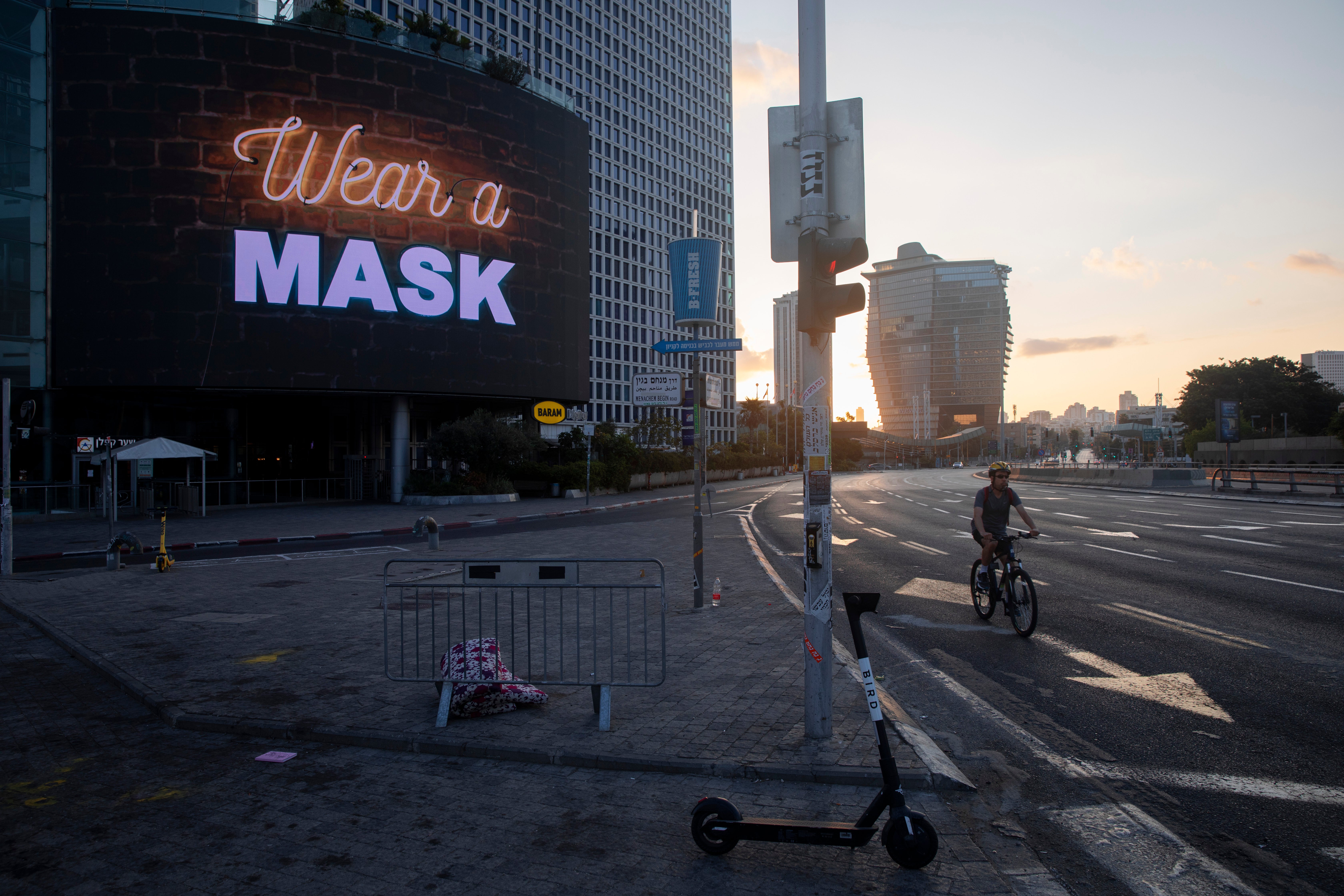AP PHOTOS: Beirut blast led litany of Mideast crises in 2020

As countries across the Middle East grappled with the coronavirus pandemic many also had to contend with long-running conflicts economic crises and mass protests in another chaotic year for the volatile region.
The most devastating single event in the region was not a terrorist bombing or an airstrike, but an explosion in Beirut’s port caused by the accidental detonation of a stockpile of explosive chemicals that had been improperly stored there for years.
The Aug. 4 explosion killed more than 200 people, injured thousands and destroyed entire neighborhoods of the capital. Associated Press photographer Hassan Ammar captured the catastrophic aftermath in an instantly iconic photo of a man carrying his 11-year-old niece through the smoking ruins.
He and other AP photographers covered the year of upheaval. It began with fears of war after the U.S. killed Iran s top general and was dominated by a pandemic that had no interest in the region’s bitter divisions and stubborn conflicts.
Israelis and Arabs, Sunnis and Shiites, wealthy Gulf monarchies and war-ravaged countries alike saw widespread lockdowns, overwhelmed ICUs and the hasty construction of field hospitals as the pandemic easily slipped across heavily-guarded frontiers. The pandemic brought new horrors to Syria and Yemen, which are still mired in civil war.
Holy sites sacred to Muslims, Christians and Jews emptied out, in scenes of desolation last seen in the Middle Ages. Pilgrimages — including the annual hajj to Mecca and Medina — were cancelled or drastically scaled down. Jerusalem's Old City was empty over Easter, and Christmas celebrations were mostly cancelled in the biblical town of Bethlehem.
The region's worst outbreak was in Iran, which was already reeling from months of escalation with the United States following President Donald Trump's withdrawal from the 2015 nuclear deal and his imposition of crippling sanctions. In January, a U.S. drone strike killed Gen. Qassim Soleimani, the architect of Iran's regional military activities, near Baghdad's international airport.
AP photos captured the national outpouring of grief, as hundreds of thousands of Iranians flooded the streets during mass funeral services. Iran retaliated with a missile attack on U.S. bases in Iraq.
In Israel, protesters held the largest anti-government demonstrations in years, demanding that Prime Minister Benjamin Netanyahu resign over his trial on corruption charges and his government's handling of the pandemic. In one photo, a protester can be seen kneeling in the street with an Israeli flag, drenched by a police water cannon.
Protests also continued in Iraq and Lebanon, which was already facing an economic meltdown even before the explosion. In both countries, the demonstrators took aim at an entrenched political elite blamed for years of corruption and economic mismanagement. In the occupied West Bank, Palestinians demonstrated against Israeli land seizures.
In Afghanistan, militants stormed a maternity hospital in May, killing at least 24 people, including mothers, nurses and two babies. The horrific attack highlighted the lingering unrest despite a peace agreement reached in February between the U.S. and the Taliban, which condemned the hospital attack and denied any involvement.
___
The gallery was curated by AP Middle East Deputy News Director for Photography Dusan Vranic.
Follow AP visual journalism:
Instagram: https://www.instagram.com/apnews
AP Images on Twitter: http://twitter.com/AP_Images
AP Images blog: http://apimagesblog.com